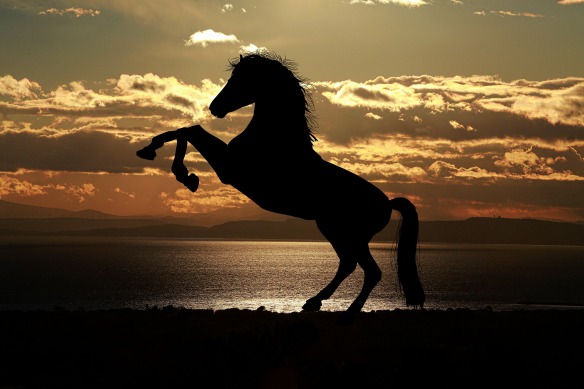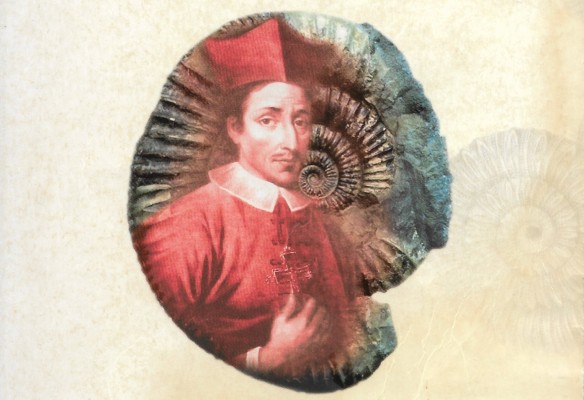
(Shackle Ring Iron, Andrew Martin, Pixaby)
October is Black History Month, an international celebration of Black contributions to society. I’m in an online readers’ group with charity Shelterbox where I make a monthly donation and each month receive the Book of the Month, voted on by members of the group. This month it is Barracoon by Zora Neale Hurston and as I settled down to read, I found it incredible that, although completed in 1931, it had taken until 2018 to be published. Alice Walker, who writes the Foreword, explains why:
“…one understands immediately the problem many black people, years ago, especially black intellectuals and political leaders had with it. It resolutely records the atrocities African peoples inflicted on each other, long before shackled Africans, traumatized, ill, disoriented, starved, arrived on ships as ‘black cargo’ in the hellish west”
In 1927 anthroplogist Zora Neale Hurston travelled to Mobile, Alabama, to conduct a series of interviews with the last surviving African of the Middle Passage, who travelled on the last American slave ship, Clotilda, fifty years after slavery was outlawed. Over a period of three months she met with Oluale Kossola (renamed Cudjo Lewis by his owner) and carefully listened to his story. Kossola had been enslaved, survived the Civil War, endured the Jim Crow era, lived through WW1 and the Great Depression, been married and had lost his wife and all six children. At ninety years of age he was a lonely man, still grieving for his family and lost homeland. A man who wanted his story told and for it to reach his people.
” I want tellee somebody who I is, so maybe dey go in de Affricky soil some day and callee my name and somebody say : ‘Yes, I know Kossola.’ ”
Apart from the richness of historical detail, this story is much more than just a study in the African diaspora or the transformation of the African identity. It is a story of a man, brutally taken from his village by a neighbouring tribe, stored in pens at the coast then shipped along with one hundred others in appalling conditions to a foreign country, kept hidden below decks to avoid detection by patrol boats, worked like a dog for over five years then when Emancipated, was thrown out onto the streets. He asked to be returned to his country but was accused of being ungrateful. Abused by neighbours, hit by a train but received no compensation despite a court ruling, his children killed in horrific and heartbreaking circumstances, he later lost his wife. Yet throughout all his trials Kossola tried to live a good life, didn’t seek revenge against anyone, but struggled to understand why people behaved the way they did and why black people born in America also treated him badly, calling him and other Africans ‘ignorant’.
Told in his own words this is a powerful contribution to history. And also, finally Kossola’s story has been able to reach a wide audience.
“Life inexhaustible, goes on. And we do too. Carrying our wounds and our medicines as we go.” Alice Walker (March 2018)

(Slave Cabin Laura Plantation, JamesdeMers, Pixabay)

 (Horses by Miguel Munoz Hierro – Pixabay.com)
(Horses by Miguel Munoz Hierro – Pixabay.com) (Horse by Patricia Alexandre – Pixabay.com)
(Horse by Patricia Alexandre – Pixabay.com)

